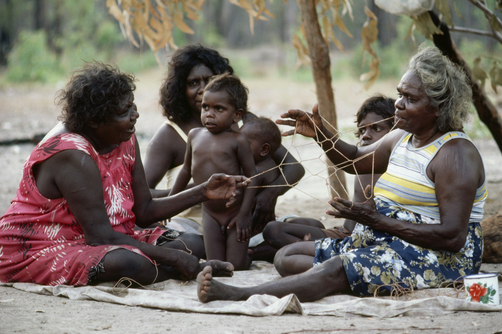The intersectionality debate: when poverty hides the intertwined inequalities
Can a woman be punished for not having money enough to send her children to the school or to buy the shoes or uniform they need to stay there?
For this reason, an aboriginal women may loose the custody of a child. If not, she can be constantly monitored until she proves her capacity of supporting the child or guaranteeing his/her frequency at school. I ask: who debates the surveillance over these bodies? Who debates the blows against these women's autonomy? How can be possible that poverty is turned into punishment?
Comparing mothering experience amongst middle class and working class women, Avtar Brah and Ann Phoenix briefly discussed the mothers' poverty issue, question usually ignored when police makers debate children poverty. It is likely that the children poverty might be concerned with the intertwined inequalities these children's mothers have to face - and the silent poverty they might suffer - rather than the children poverty itself. Conversely, it is always easier for local and national government to remain in the surface, discussing technical solutions and ways of intervention in the peripheries and territories and, thus, avoiding to strike at the heart of the question. Something is otherwise quite sure: policy makers should primarily look at the mother's conditions and take into account the simultaneous inequalities (due to race, ethnicity, gender and class) which usually fall upon these women bodies.
This watchful eye could provide police makers and local governments with a real perspective of the situation they say they want to change. Perversely, poverty has become a word to empty and undermine the inequality debate.
The article below, "Aboriginal mothers like me still fear that our children could be taken away", written by an aboriginal feminist in Australia, Kelly Briggs, helps us understand the violence suffered by poor women, specially indigenous women, due to the lack of real intersectional public policies aimed at reducing racial and ethnical inequalities and helping mothers to fittingly take care of their children.
It helps us understand the urgency of evoking public policies really compromised with an intersectional perspective (in which gender, race, ethnicity and class are crossed). It is also a timely reminder of the need of paying attention to the situation of indigenous women.

Comentários
Postar um comentário